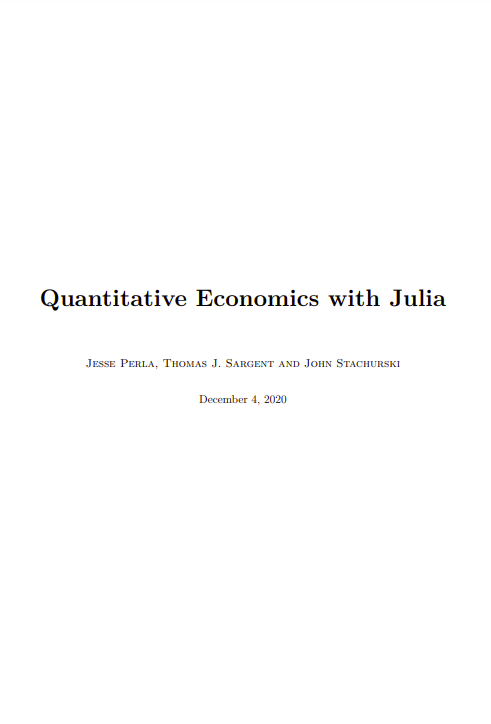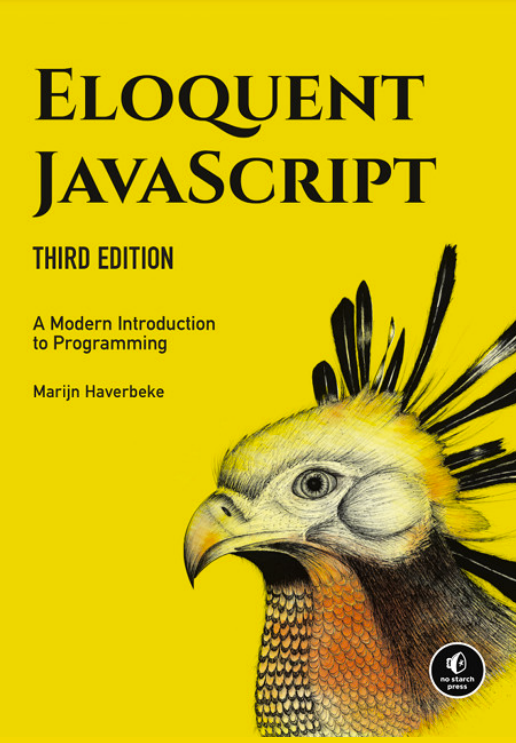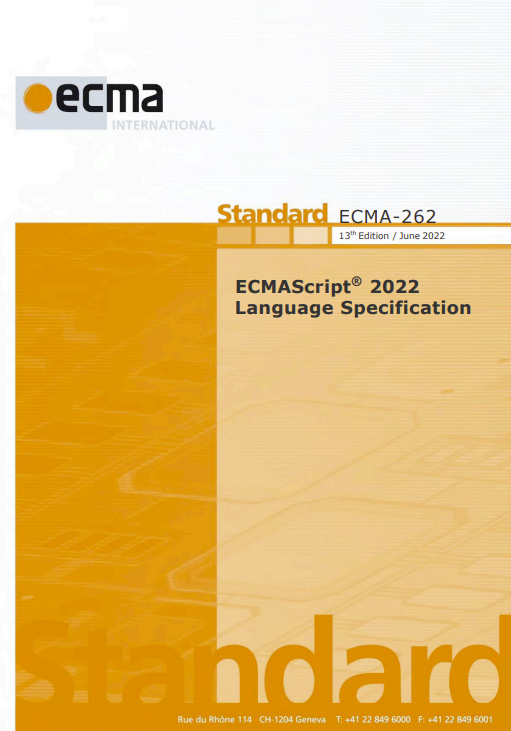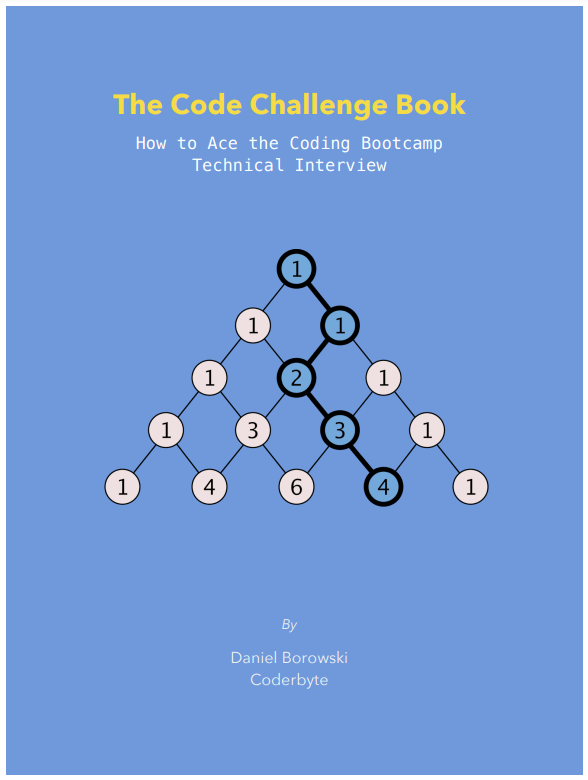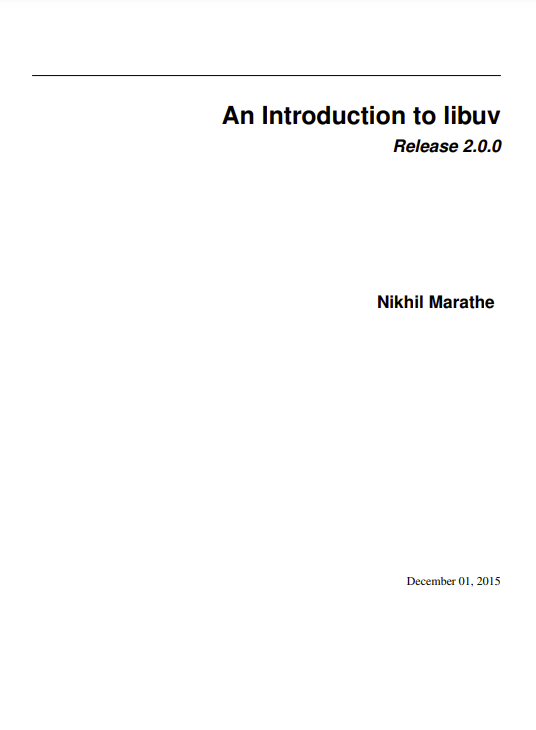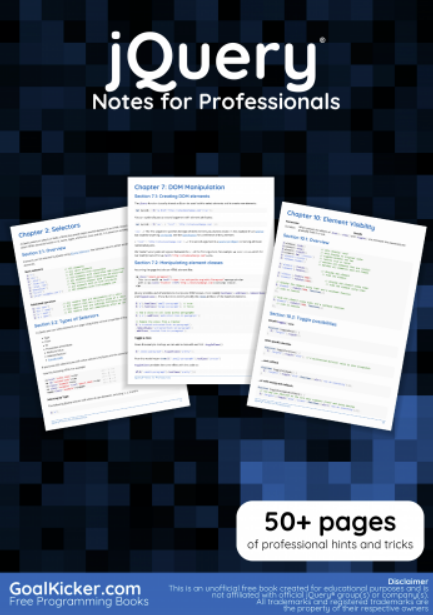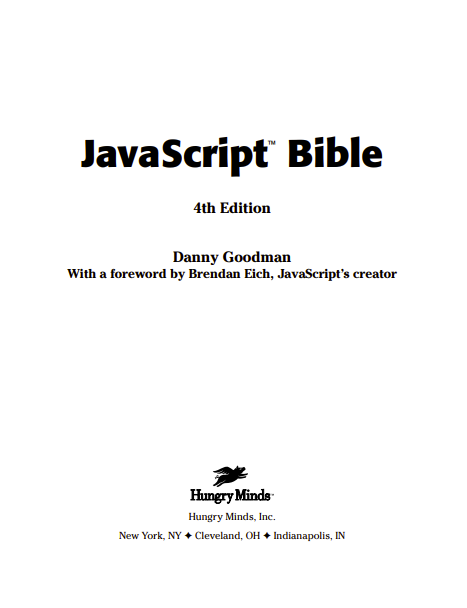Overview
In this lecture we will cover how to get up and running with Julia.
There are a few different options for using Julia, including a local desktop installation and Jupyter hosted on the web.
If you have access to a web-based Jupyter and Julia setup, it is typically the most straightforward way to get started.
A Note on Jupyter
Like Python and R, and unlike products such as Matlab and Stata, there is a looser connection between Julia as a programming language and Julia as a specific development environment.
While you will eventually use other editors, there are some advantages to starting with the Jupyter environment while learning Julia.
- The ability to mix formatted text (including mathematical expressions) and code in a single document.
- Nicely formatted output including tables, figures, animation, video, etc.
- Conversion tools to generate PDF slides, static HTML, etc.
- Online Jupyter may be available, and requires no installation.
We’ll discuss the workflow on these features in the next lecture.
